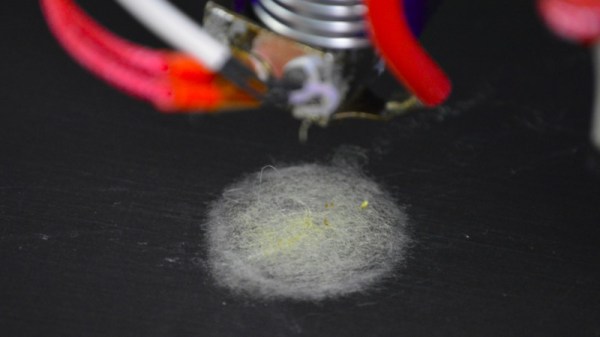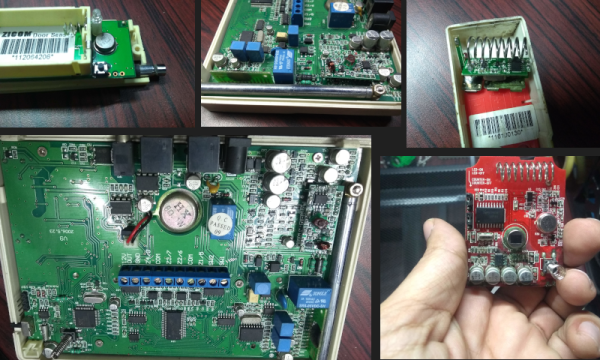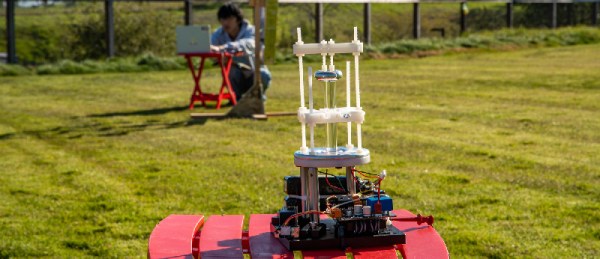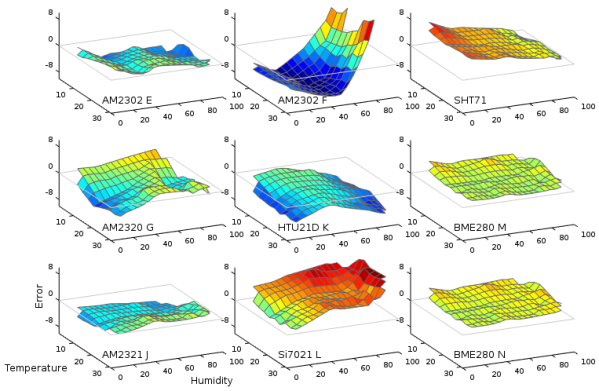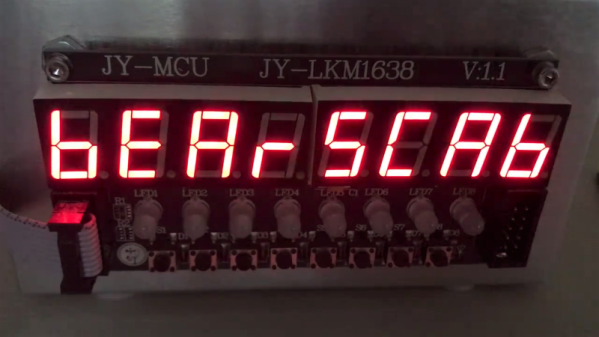Join us Wednesday at noon Pacific time for the AI at the Edge Hack Chat with John Welsh from NVIDIA!
Machine learning was once the business of big iron like IBM’s Watson or the nearly limitless computing power of the cloud. But the power in AI is moving away from data centers to the edge, where IoT devices are doing things once unheard of. Embedded systems capable of running modern AI workloads are now cheap enough for almost any hacker to afford, opening the door to applications and capabilities that were once only science fiction dreams.
John Welsh is a Developer Technology Engineer with NVIDIA, a leading company in the Edge computing space. He’ll be dropping by the Hack Chat to discuss NVIDIA’s Edge offerings, like the Jetson Nano we recently reviewed. Join us as we discuss NVIDIA’s complete Jetson embedded AI product line up, getting started with Edge AI, and where Edge AI is headed.

Our Hack Chats are live community events in the Hackaday.io Hack Chat group messaging. This week we’ll be sitting down on Wednesday, May 1 at noon Pacific time. If time zones have got you down, we have a handy time zone converter.
Click that speech bubble to the right, and you’ll be taken directly to the Hack Chat group on Hackaday.io. You don’t have to wait until Wednesday; join whenever you want and you can see what the community is talking about.



